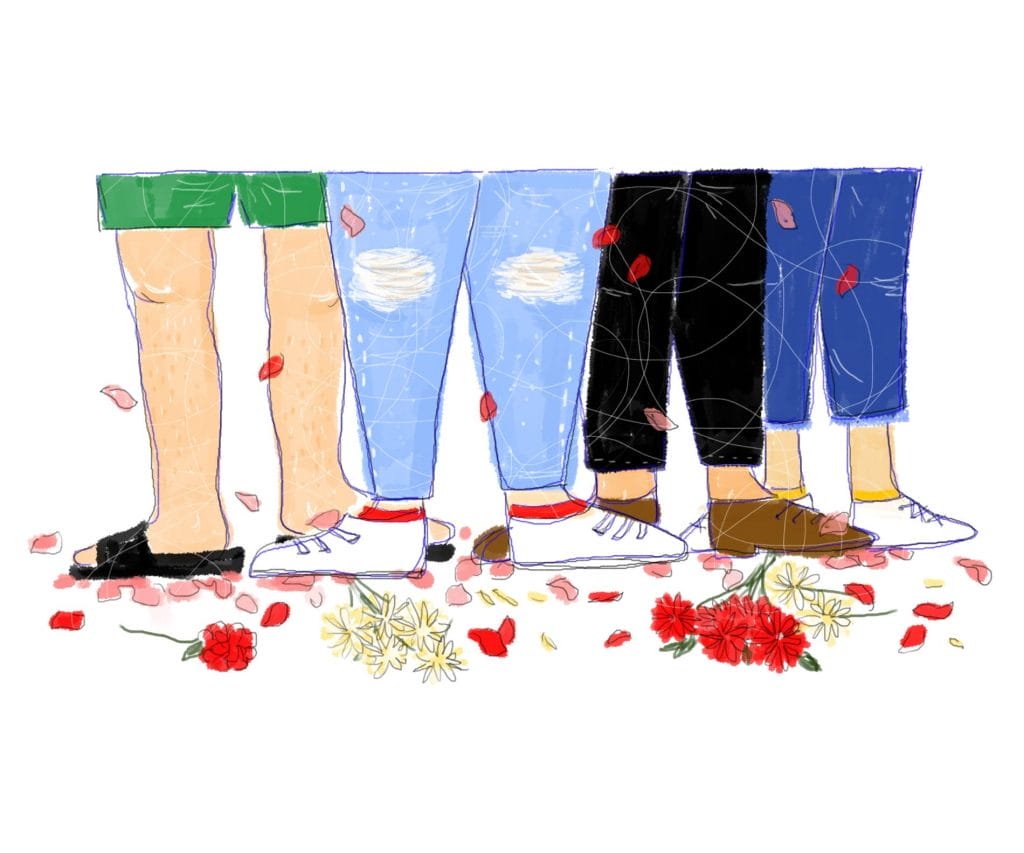Coming of age: The power of youth advocacy


Young people are known for never taking anything seriously, spending too much time on their cell phones or playing video games.
A survey by Reason-Rupe found 71 percent of Americans from other generations believe millennials are selfish and 65 percent believe they’re entitled.
Yet, a large portion young people typically dubbed as “millennials” are not technically even millennials. According to Pew Researcher, a millennial is a person who was born between 1981 and 1996. The United States Census Bureau states the birth years range from 1982 to 2000.
Anyone born after these dates is considered part of “Generation Z.” Yet this generation is constantly labeled as millennials out of ignorance and used as an insult. To some Americans, the term millennial is synonymous with words like lazy and self-centered.
But amid of recent political events, it’s clear that’s not the case.
Names such as Emma Gonzales, Cameron Kasky, David Hoggs and Sarah Chadwick are making headlines for taking a stance for change. These survivors from the Parkland shooting are the faces for #NeverAgain, a student-led movement for stricter gun regulations to reduce the chances of another mass school shooting.
They young leaders orchestrated a school walkout across the nation to honor those who lost their lives in Parkland, and are planning another on April 20 — the anniversary of Columbine. This was only the beginning of their efforts against gun violence. Taking inspiration from previous movements, like the Civil Rights Movement in the 60s and the Women’s March, they planned the March For Our Lives in D.C., where participants shared how their lives have been affected by gun violence.
Cities all around the country felt the power of this generation. More than 800 major cities across the nation participated in the march from Chicago, Illinois, Salt Lake City, Utah and right here in Richmond.
The concept of a student-led activist movement shouldn’t be shocking. Throughout history, there have been plenty of youth-led fights for change. For example, the Greensboro sit-ins in 1960 started when four Black teenagers sat in the “Whites only” section of a Woolworth store to fight for civil rights. This trend spread across the nation soon thereafter. Nearly 60 years later and young people are still leading the movement for change.
The Black Lives Matter movement and #NeverAgain have gathered a lot of inspiration and participation from younger crowds. Black Lives Matter urges for a decrease in gun violence too, but focuses on police brutality and gun violence within their communities.
Ross Losapio, a program administrator in VCU Globe said as millennials get closer to the legal voting age, their voices will be better heard.
“[Events like this] get young people to think critically,” he said.
The widespread participation in marches across the country shows the ingenuity and power young people possess. The time and effort needed to organize such mass events is no easy feat for anybody at any age, yet that obstacle didn’t stop them. Rather than wasting their time away on the internet with dating and video games, like many assume they do, these teens used the internet as a tool through websites and social media to get the support that they need. They’re making their presence known.
“I feel like this is something that they are very capable of handling and that is in line from what I have seen from my students,” said Michaux Dempster, a Focused Inquiry professor at VCU.
Millennials offer more to society than they’re given credit for and this movement is just proof the spark is there. Yes, there are still those who are addicted to their cell phones and video games, but that doesn’t, and shouldn’t, overshadow the capabilities this generation as a whole possesses.
Marlon McKay, Contributing Columnist


